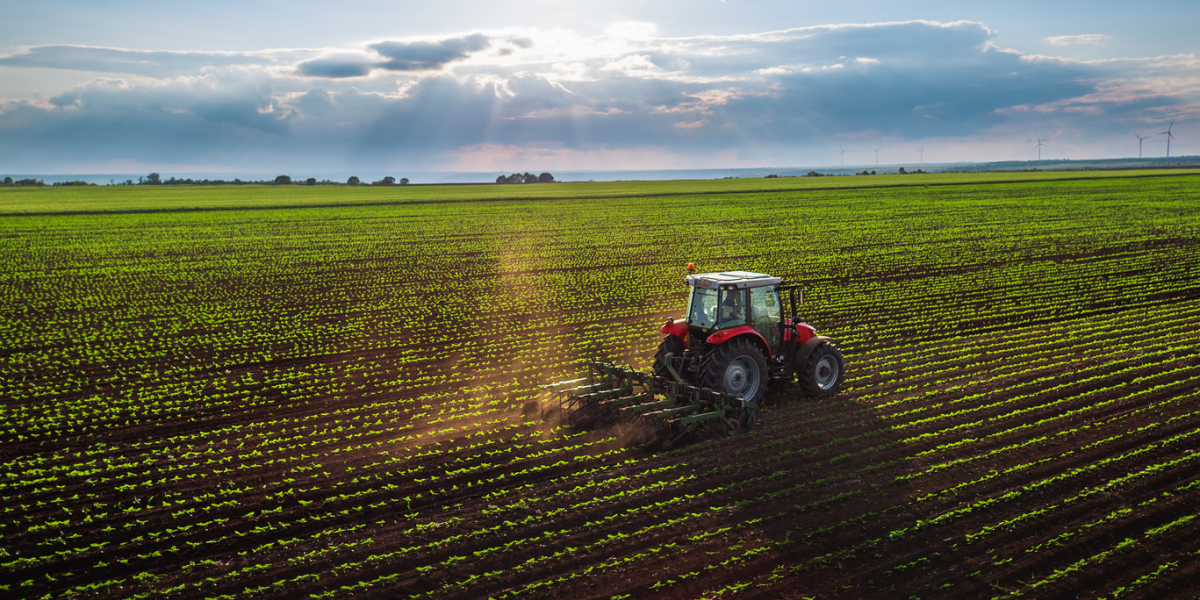
February 6, 2025
To celebrate Canada’s Agriculture Day, we’d like to shine a spotlight on the foundation of all growth and food production: soil health!
Healthy soil is critical to agriculture. From growing healthy crops to making them resilient to extreme weather events — protecting and strengthening soil is crucial to the long-term health of Canada’s agriculture sector. Building healthier soil is like a savings account for our food system. Investing in its health early allows benefits to grow over time and creates an ecological buffer during times of environmental stress.
According to a recent poll by Farmers for Climate Solutions, 94% of surveyed farmers and ranchers see improving soil health as a top priority.
Soil is a complex, dynamic ecosystem. Measuring its health means understanding the community of microorganisms that live in it and how they relate to different soil textures, pH and moisture levels. While understanding these relationships may sound complicated, building healthier soil doesn’t have to be.
Below are four key principles to healthy soil:
There are many compelling reasons to invest in soil health. Nutrient-rich soil can produce more food, fiber and clean water, which are all vital to thriving communities. Farming practices that promote soil health also generate economic benefits. They enhance farm productivity and reduce a farmer’s reliance on inputs like fertilizers and pesticides.
Our recent report on the economic benefits of natural climate solutions found that reducing tillage can increase annual on-farm revenues by up to $33,000 per year for the average Canadian farm.
Healthy soil is also better protected against increasingly erratic weather patterns, including recurrent floods, droughts and wildfires. Cover crops can contribute vital ecosystem services that enhance resilience — such as reduced soil erosion — valued annually at more than $1,700 per hectare planted, the equivalent of more than $340,000 in annual cost savings for the average Canadian farm.
There are many programs helping farmers invest in soil health. In Ontario and Alberta, benchmarking studies are underway that can help producers measure and identify opportunities to improve their soil. In high-value production areas, such as Ontario’s Greenbelt, the Greenbelt Foundation Soil Health Program offers free soil testing services to producers, including a comprehensive report and one-on-one support. Similarly, in Saskatchewan, the Marginal Areas Rehabilitation program through SaskSoils compensates for the conversion of marginal cropland into perennial forage, maintaining living roots in buffer-zone soils.
While these programs show real promise, further policies are needed to boost innovation and research in a low-risk environment so farmers and sector stakeholders can grow investments in healthier agricultural soil:
Investing in healthier soil now promises fertile grounds for future generations. As we take this time to celebrate our thriving agricultural industry, let’s continue to support healthy soil that ensures the resilience and strength of Canadian agriculture for years to come.